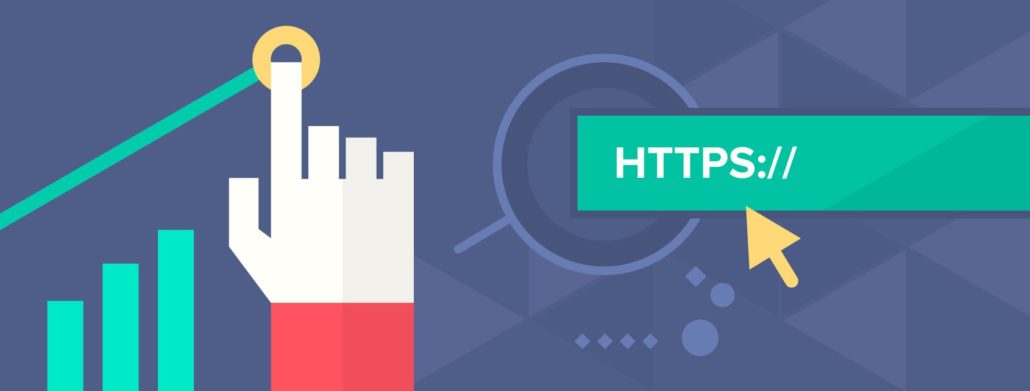You can have such an attractive website, but it really stands or falls with pages that are designed to convert. Website conversion means nothing more than an identifiable action on your website that you want a visitor to perform. Think for example of how often a contact form is filled out, the number of orders in a webshop or a purchased service. Each of these actions contributes to gaining more sales.
Conversion Rate
The number of website conversions is often expressed as a conversion rate, also known as conversion ratio. This is the number of percent of visitors who made a completed conversion. For example, if in a month you attracted 200 visitors to your website and 8 of them filled out a contact form, the conversion rate is 4%.
The average conversion rate has been dangling between 3 and 4 percent for years. So you don’t have to worry if only one of 20 visitors makes a purchase. That is still a conversion rate of 5%! It is also useful to calculate how much a conversion potentially brings in. Suppose one or 5% of those 20 visitors earns $200, then 1% earns $40. Now you have performance results to benchmark with and compare them to your competitors and the standard in your industry.
Examples of website conversions
A website conversion has many forms and does not always have to be about a “sale”. This means that identifying website conversions is not only interesting for web shops. Some examples of website conversions are:
- Filling out a contact form
- Viewing a certain page or a number of pages
- Buying a product or service
- Contacting a customer by phone
- Requesting a tender
What the value of these conversions is differs per website. For example, a foundation that primarily wants to provide information, the number of views of a particular page is an important conversion goal. But for a website that wants to make sales, the number of products or services sold is a more important conversion target.
Distinction between hard and soft website conversions
In addition to different conversions, a distinction is also made between soft and hard conversions:
- A hard conversion often leads directly to an increase in sales. Examples are the sale of a certain product or a visitor who requests a quotation.
- A soft conversion does not directly lead to an increase in sales, but it does contribute to it indirectly. It is a catalyst for a hard conversion. Examples include viewing a particular page or calling or filling out a contact form for more information.
Most websites do well to consider both hard and soft conversions. A good balance of these two ensures a positive customer journey. If a website has few soft conversion paths, there is a good chance it is trying to sell in a too direct manner. This can scare off a visitor. If, on the other hand, products or services are offered in too indirect a manner, it is unclear what is expected of the visitor.
Measuring website conversion
Since conversions say a lot about how your website is performing, it is not a bad idea to measure the number and types of conversions. The most widely used tool for this is Google Analytics, which is also available for free. With this tool you can measure for example:
- Where a visitor comes from
- How a visitor ended up on your website (organic, paid, social media, email or direct traffic)
- What a certain social or ads campaign has yielded and what the costs were
- Which pages are viewed the most/least and what their session length was
- How many visitors have been on your website in a month
To use Google Analytics you need to create a free account and place a code in the header of your website. To specifically measure conversions, so-called goals need to be created.
Two other useful tools for measuring conversions are Hotjar and Google Tag Manager.
Hotjar is a heat mapping tool for your website. By help of the tool, different sessions are measured within a certain time frame to generate visual reports. These results show how users navigate your website. In other words, what they look at, click on and scroll to.
Google Tag Manager allows you to place so-called tags on your website that are “fired” by triggers. These allow you to measure specific conversions such as a call to action button or a submitted contact form.
Website conversion optimization
Website conversion optimization means nothing more than trying to achieve even more conversions on your website with the aim of increasing sales. Actually, this is an ongoing process of measuring, analyzing the results and prioritizing actions based on these results.
In any case, the most important thing is to identify which parts of your website need improvement. Based on this, campaigns can be set up to optimize website conversion. For example:
- The relevance of your products/services
Before you start optimizing your website conversion, it is important to take a helicopter view of your business. On a strategic level, look at what your business actually adds to the world and what your usp’s are compared to the competition.
- Usp’s
If you have come up with strong usp’s then you should definitely not hesitate to include them on your website. Let the visitor know what makes your business unique and what you have that the competition does not have.
- Make it clear at a glance what you offer
The most important principle for webshop conversion optimization is that visitors generally have a short attention span. So make sure that visitors can immediately find what they have in mind.
- Increase your customers’ trust
One way to create a bond of trust with your customers is by clearly indicating what happens to their data, especially their payment details. Also give your webshop’s privacy policy a prominent place. An SSL certificate can also help to gain trust.
- Social proof
By adding customer reviews and testimonials to your website, you show the quality of your products or services and visitors are more likely to buy something.
- Optimize the loading time of your website
If your website takes longer than a few seconds to load, chances are your visitors have already left. Modern people are very impatient and we cannot emphasize enough to maximize your website loading speed.
- Get a better position in Google
You can do this in two ways, with Google Adwords (SEA) and Search Engine Optimization (SEO). In other words, the paid and organic way.
- Make your design responsive
Take mobile traffic into account in particular because many websites currently receive more than half of their search traffic from mobile phones. Hence, always test your website on mobile phones and make it mobile friendly.







